Sol Lee
Landscape Architecture / Master of Fine Arts (MFA)
School of Landscape Architecture
Born in Seoul and raised in Germany, I have traveled extensively, drawing inspiration from diverse environments worldwide. Before pursuing landscape architecture, I worked as a film producer, a background that enriches my approach to designing dynamic, visually engaging outdoor spaces. I am passionate about creating designs that foster connection and are accessible to all, reflecting a commitment to both aesthetic excellence.
The Edge Between: Alviso Marina County Park in San Jose
Alviso Marina County Park, located in San José, Santa Clara County, serves as a gateway to the Don Edwards San Francisco Bay National Wildlife Refuge. The site features salt ponds, tidal marshlands, and historic structures, reflecting its past as a port town and canning hub. Beyond the park, the historic industrial precinct of Alviso Village, including remnants of its maritime and canning industries, further adds to the site’s cultural significance. Positioned along the southern edge of the Bay, this area connects urban and ecological landscapes, making it a critical interface for both conservation and community engagement. Despite its ecological and historical significance, the site faces several challenges. Limited public access restricts engagement with its natural and cultural assets, while sea-level rise and land subsidence threaten its long-term stability. Additionally, Alviso experiences economic stagnation, leaving public spaces underused during weekdays. These challenges highlight the need for improved accessibility and revitalization efforts to bring more activity to the area throughout the week. This thesis addresses two key challenges: The first strategy is to improve public access and amenities within the park. My design approach—“Maintaining the natural landscape, enhancing the visitor experience”— focuses on public engagement while preserving ecological functions. Since the city is introducing a marsh transition zone to mitigate sea-level rise, my goal is to improve visitor experience rather than alter natural processes. Blending pathways with the natural surroundings will strengthen immersion, while shaded seating and improved picnic areas will enhance comfort and extend visits. The second strategy focuses on revitalizing the former cannery complex to support educational, cultural, and economic activities. The park attracts visitors on weekends but receives fewer visitors on weekdays. Repurposing the old canning factory for culinary programs, art exhibits, and community events, as well as hosting farmers’ markets and food truck gatherings, could help draw more weekday visitors and stimulate the local economy. As visitor numbers grow, organizing and expanding parking spaces will be essential to meet the increased demand. By integrating nature-based design and the adaptive reuse of historic structures, this project aims to strengthen the relationship between people and place—balancing environmental conservation with cultural and urban revitalization to foster a sustainable and vibrant future for Alviso.
Faculty Mark Yin
Work
View Student Work as a:
List
Grid
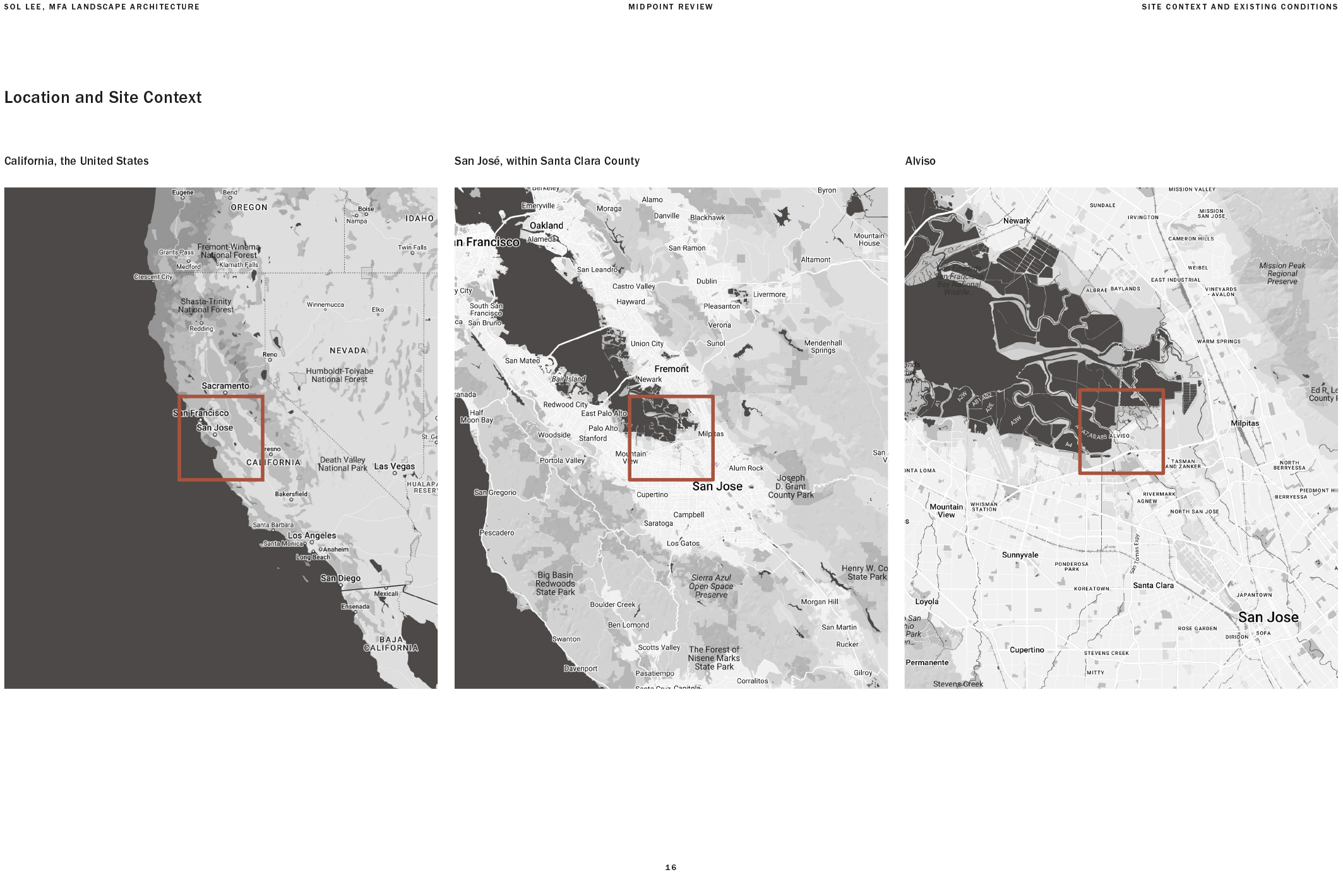
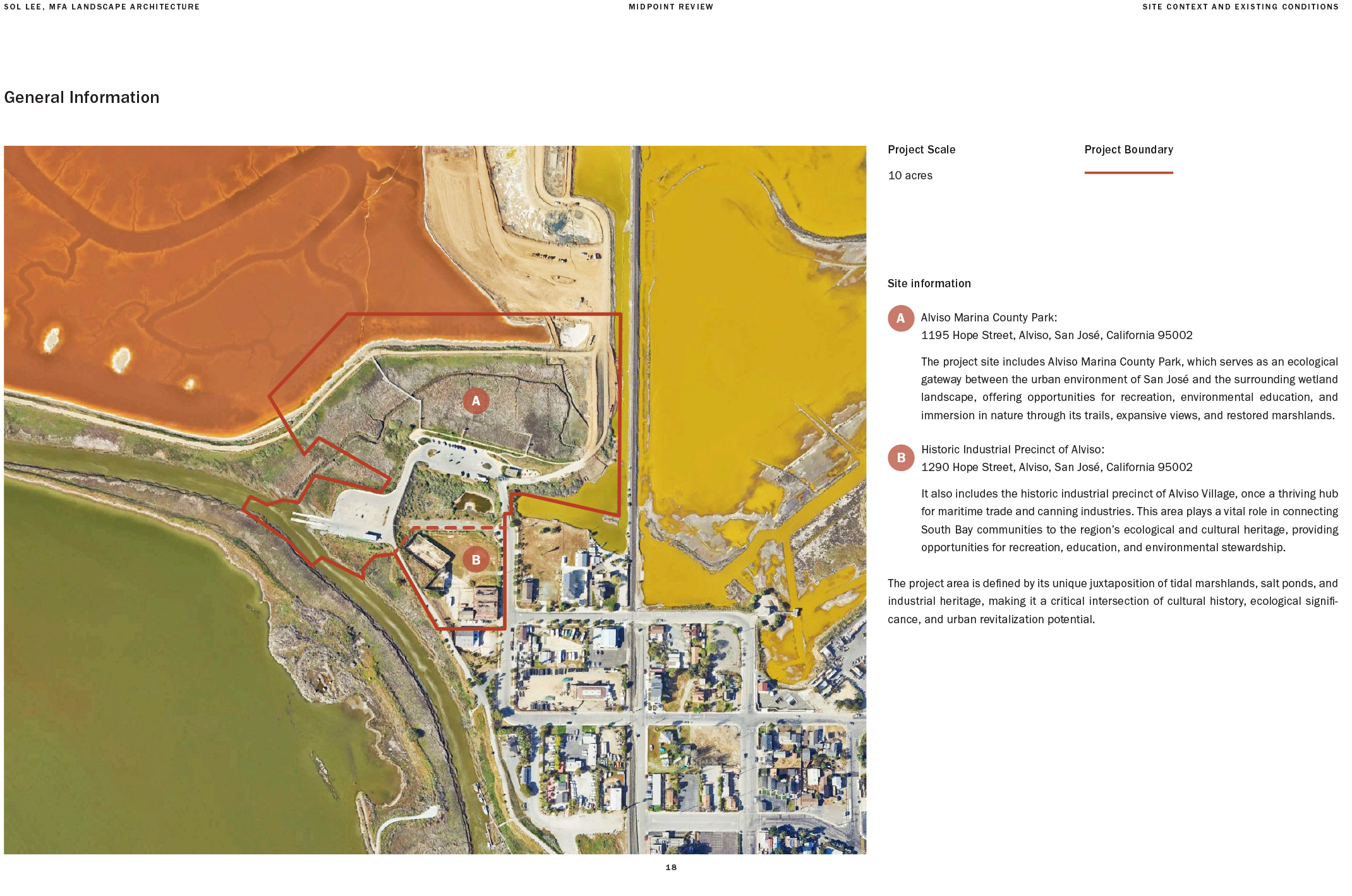
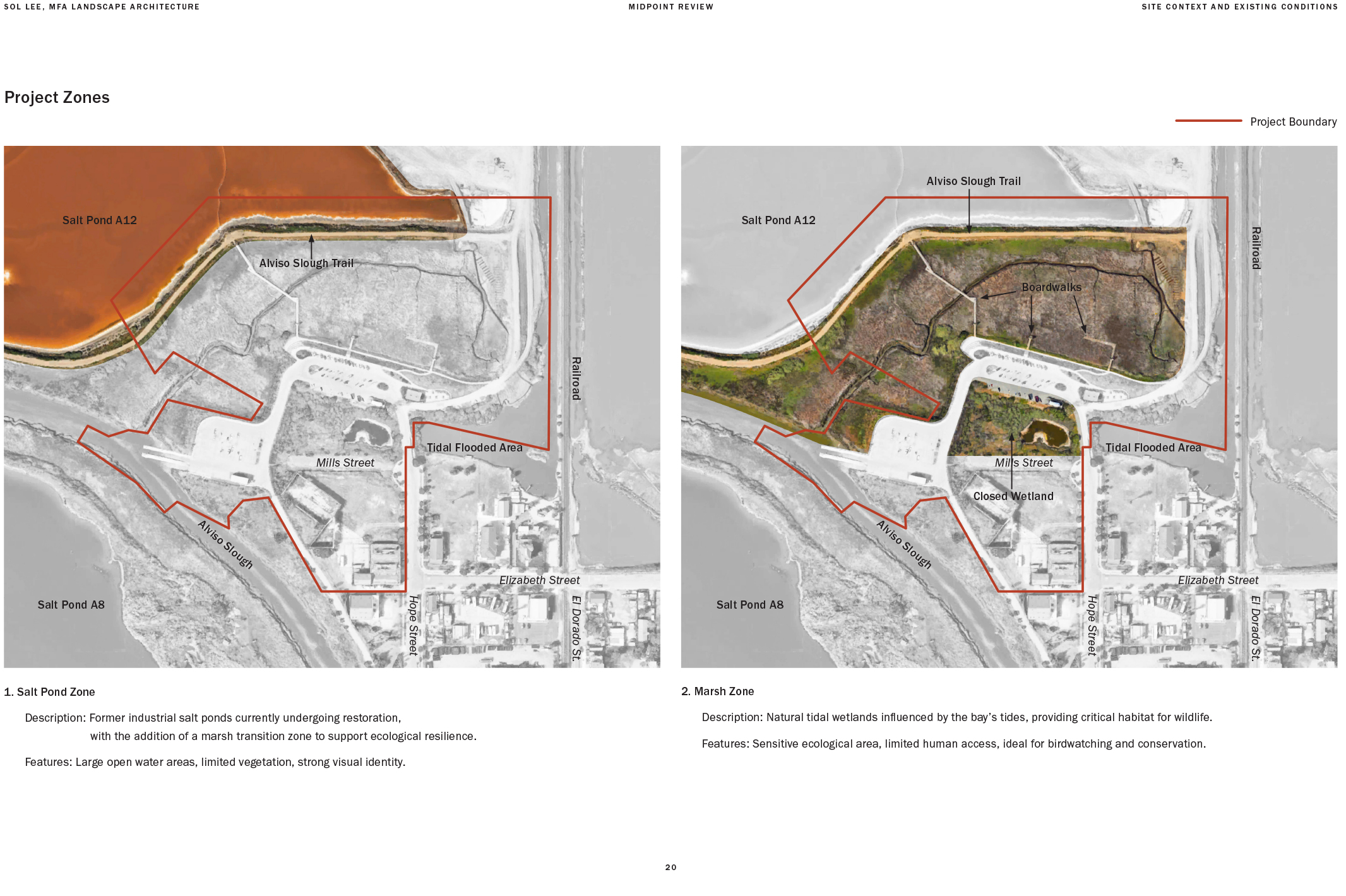


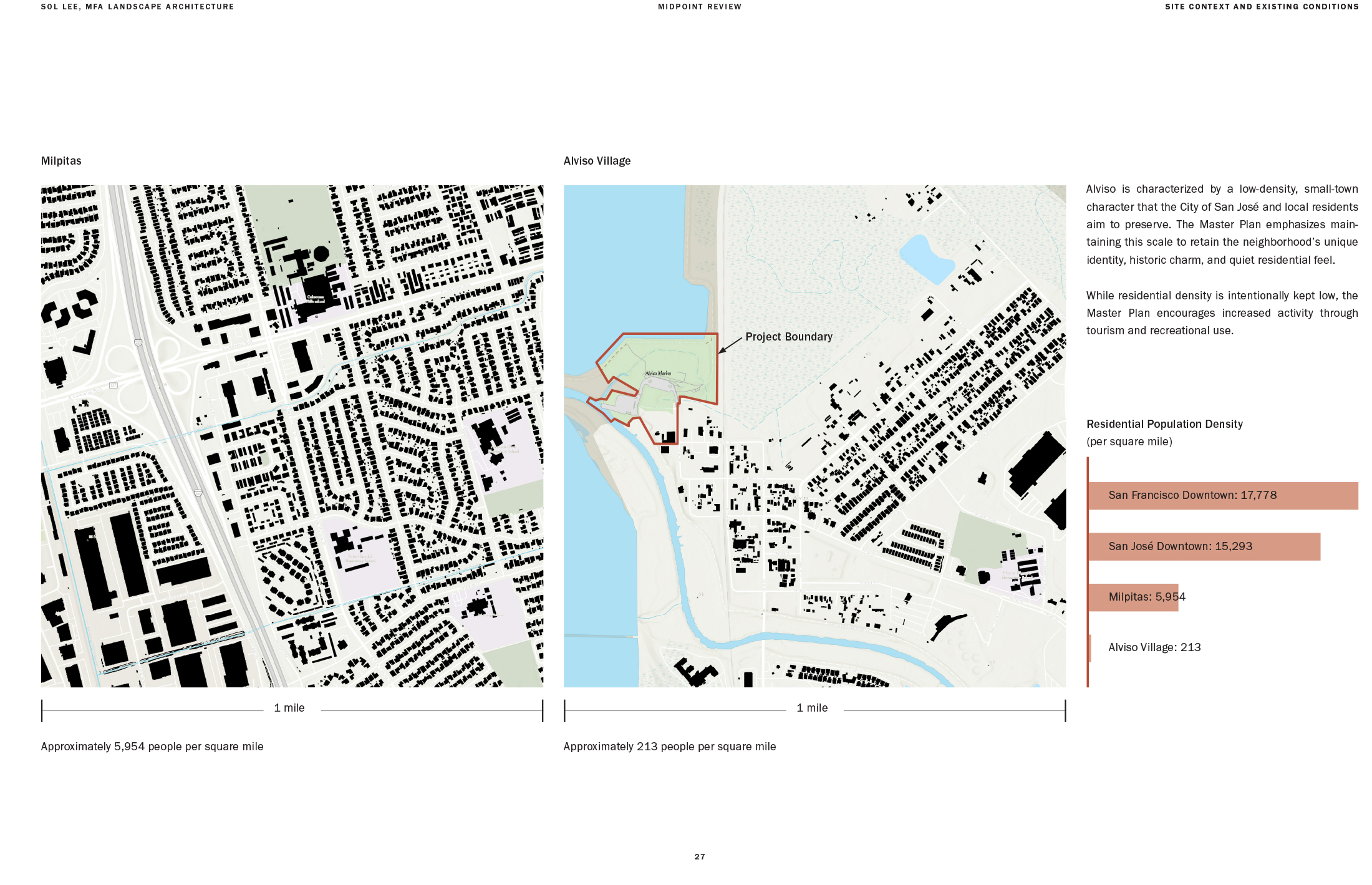
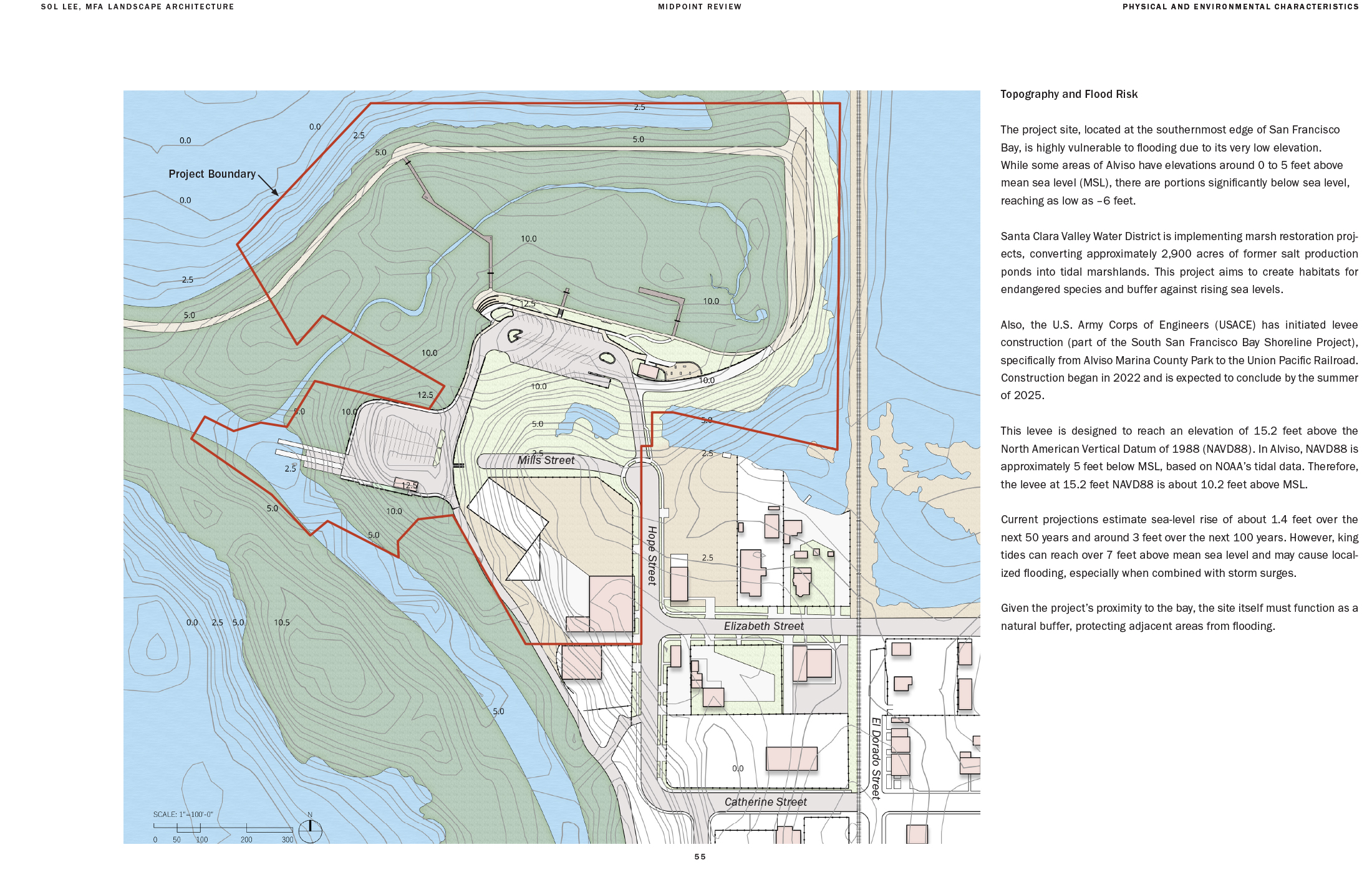
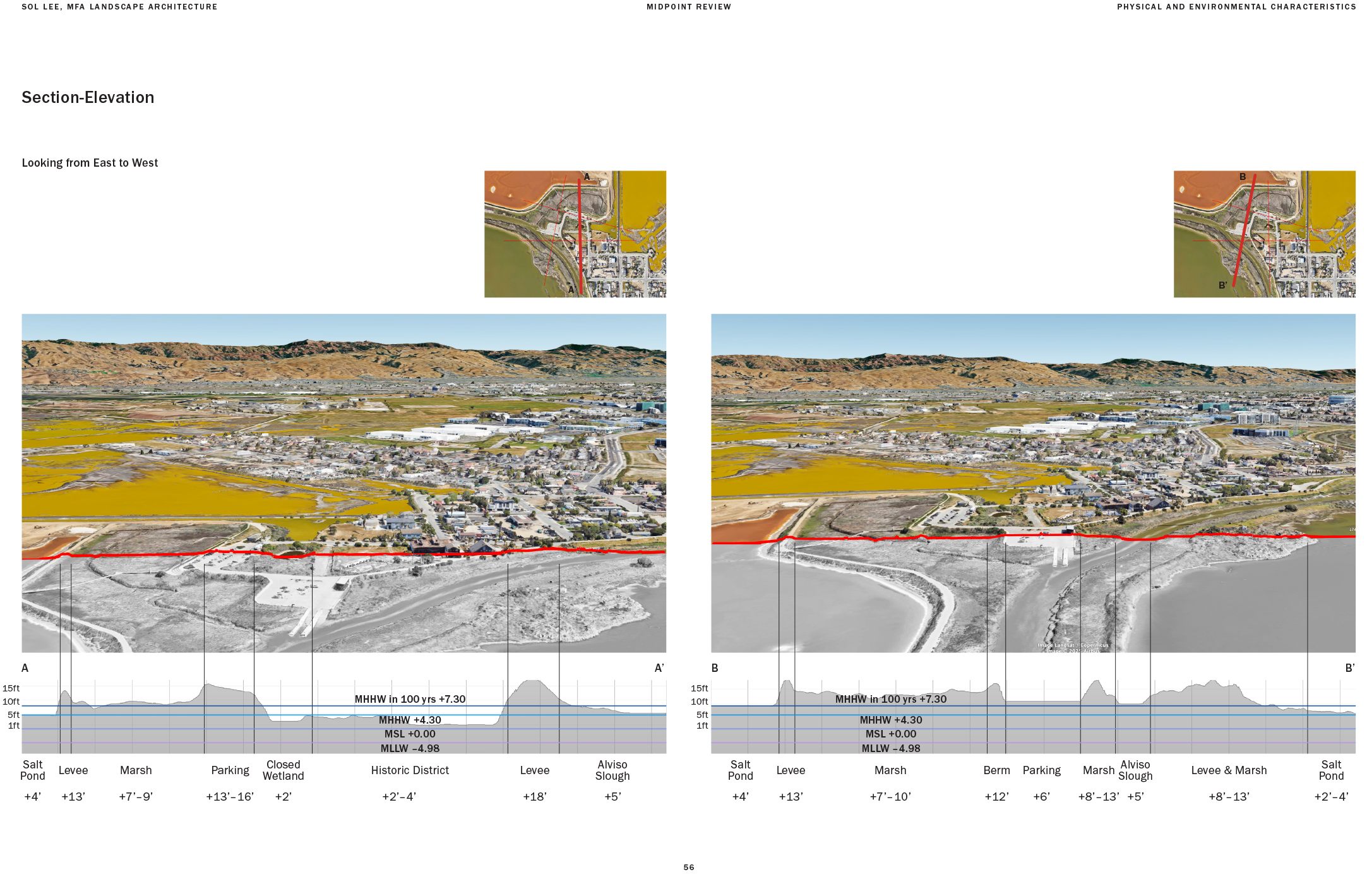
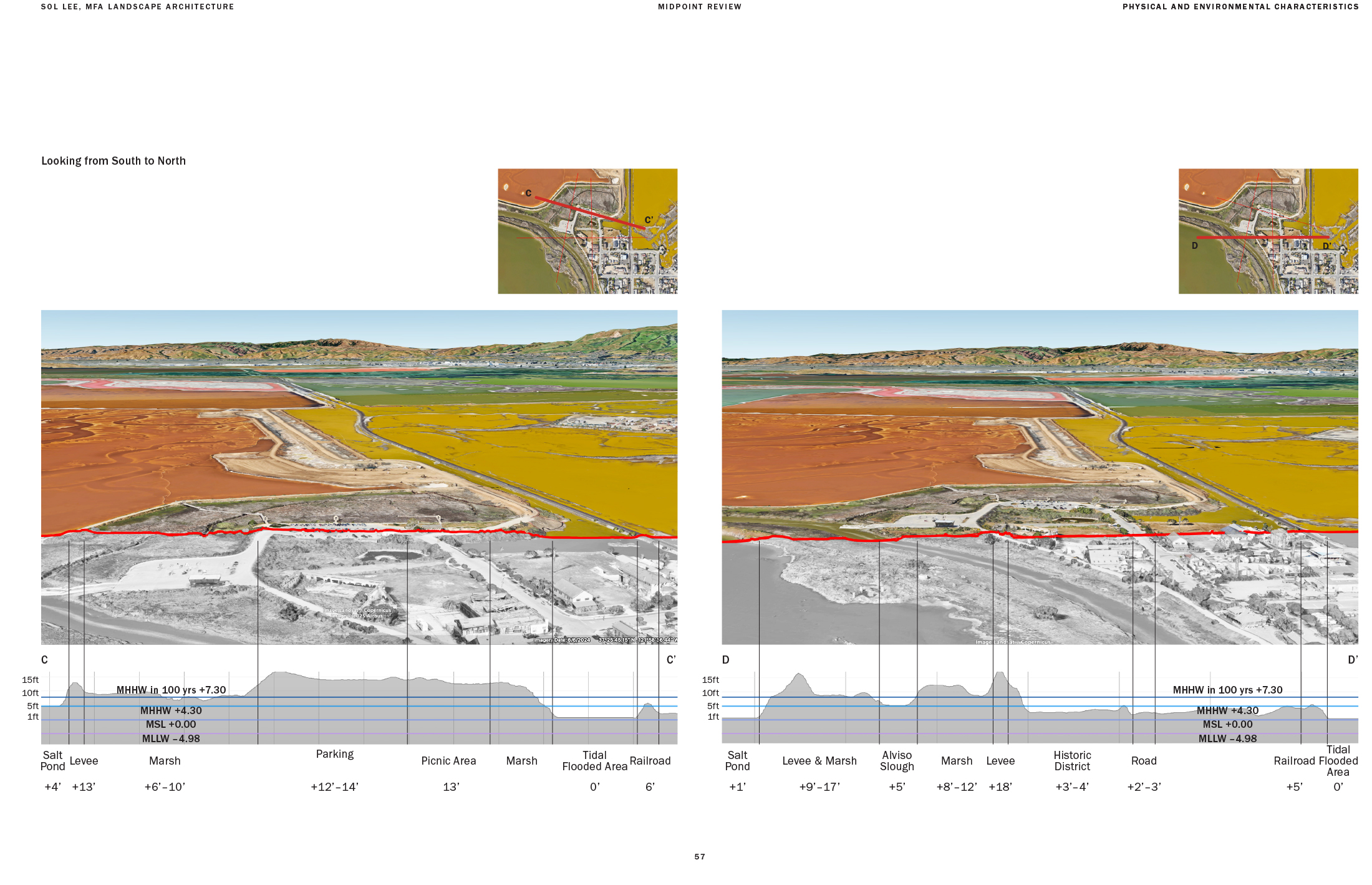

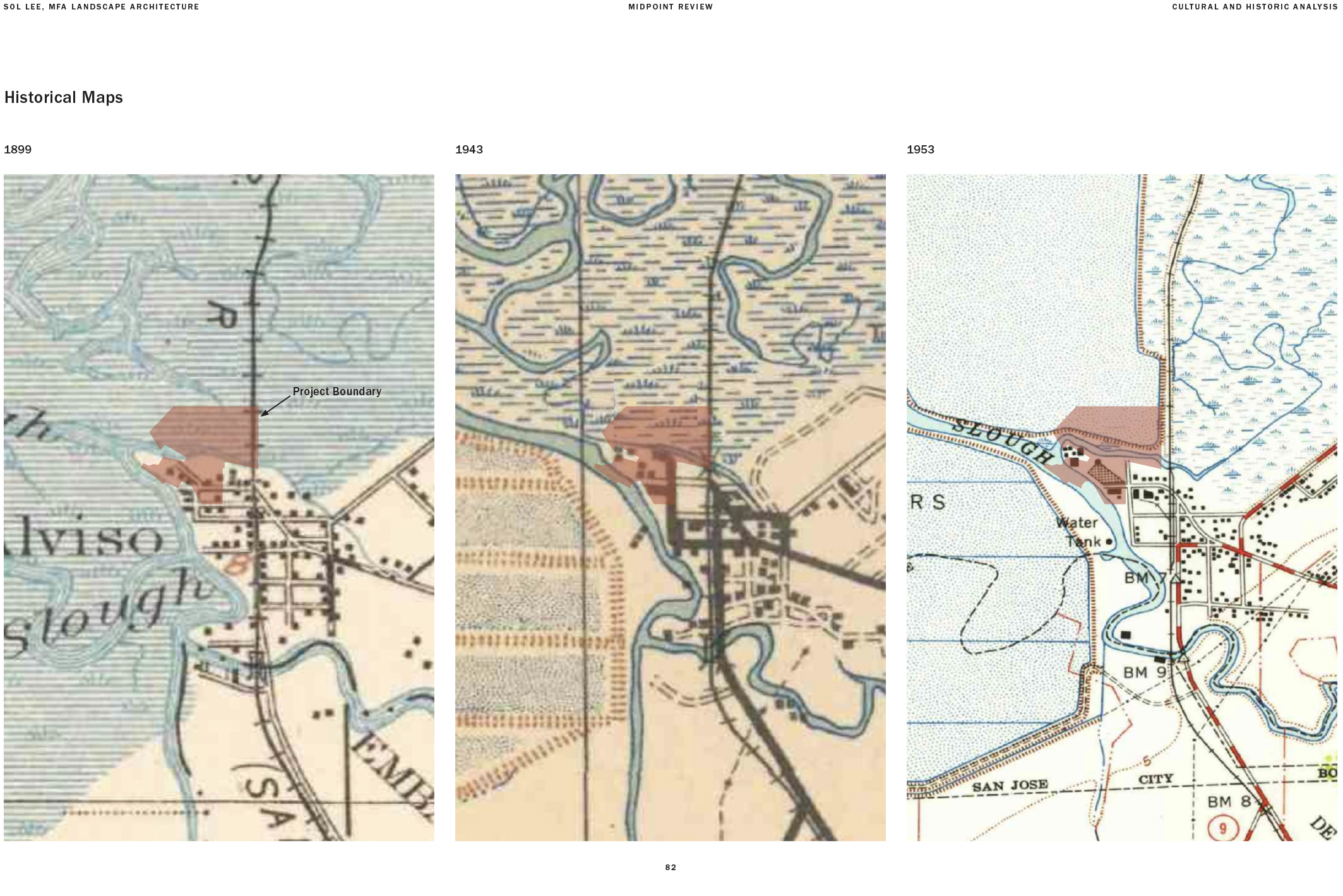
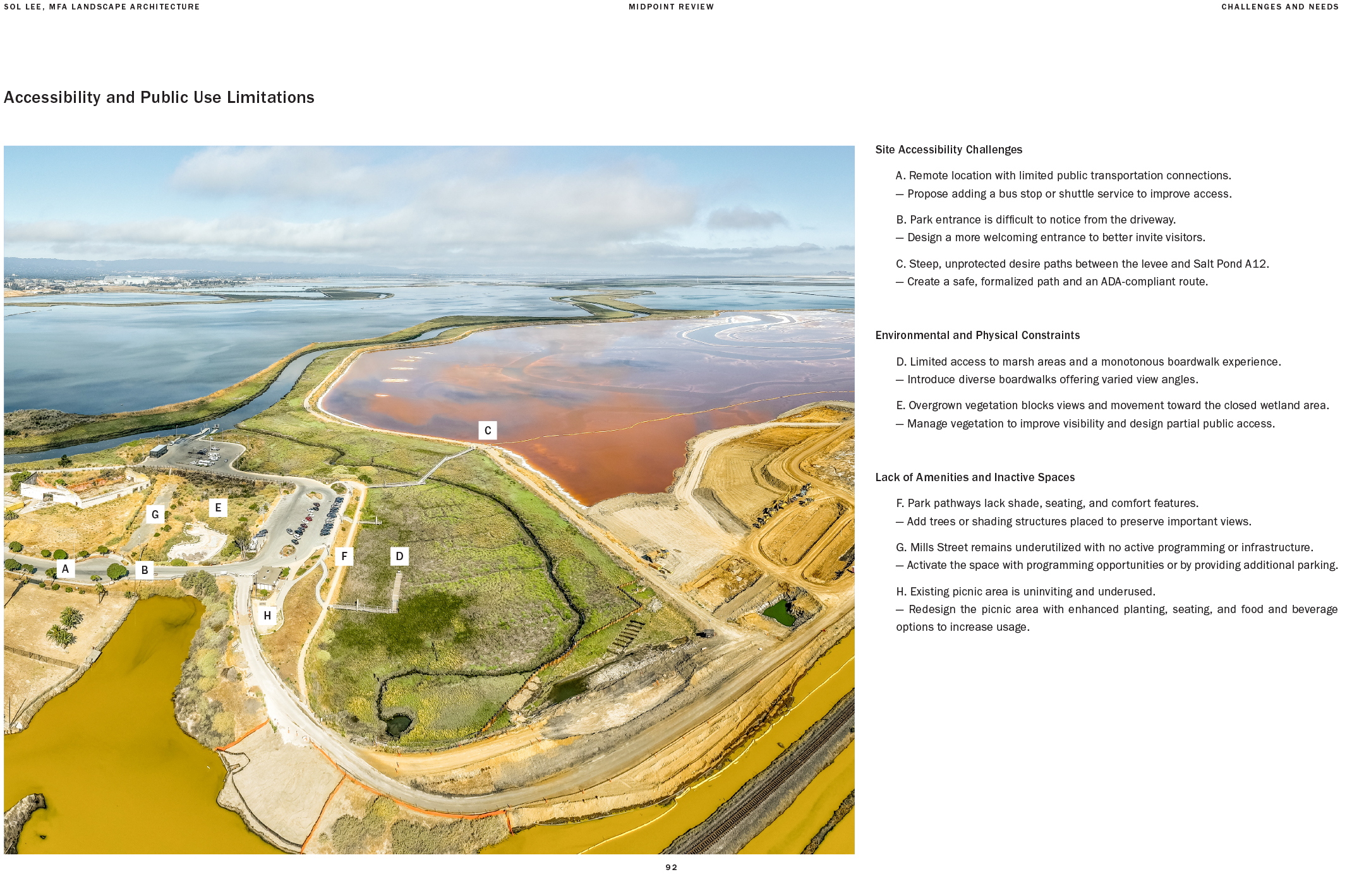
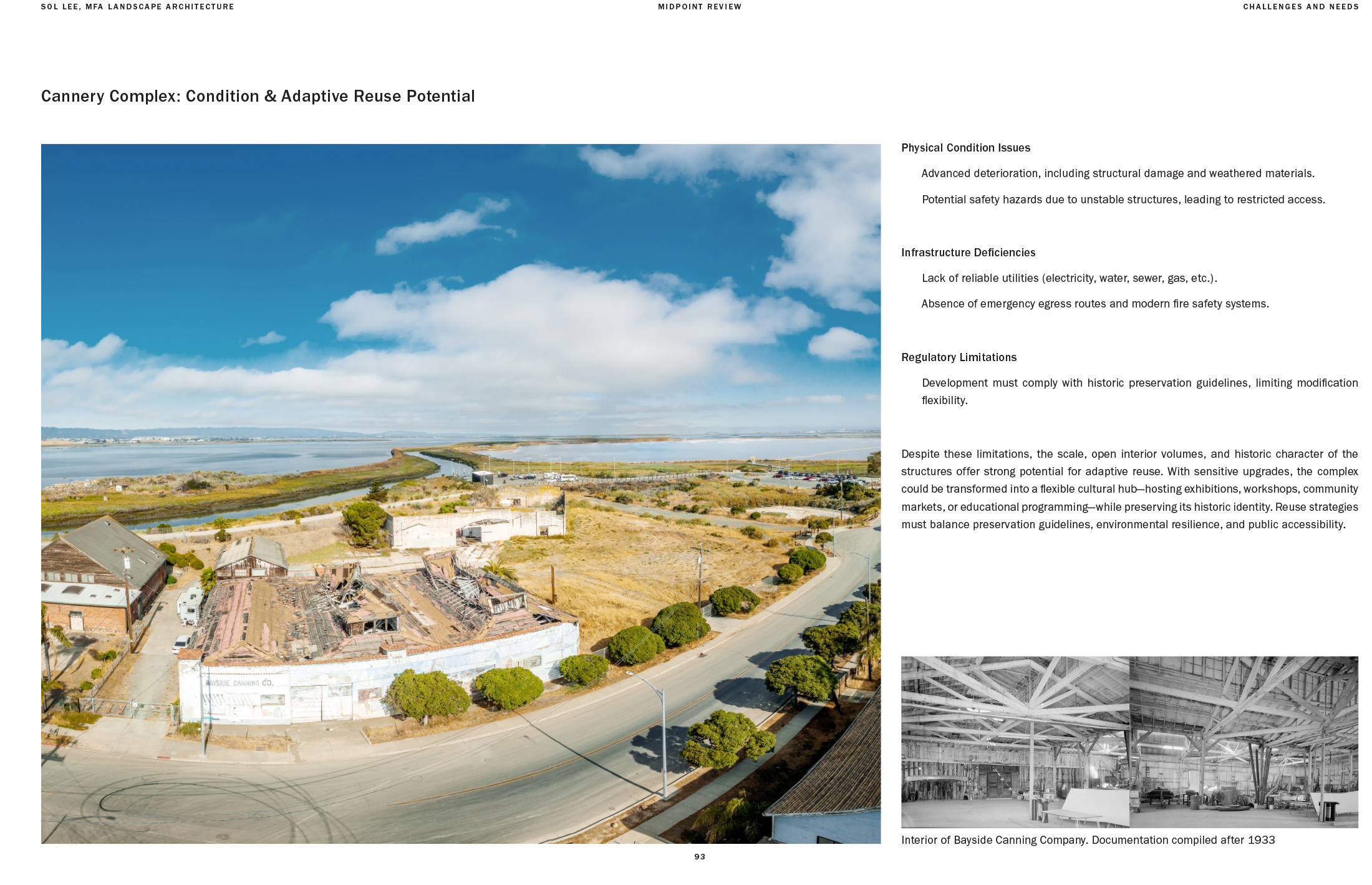
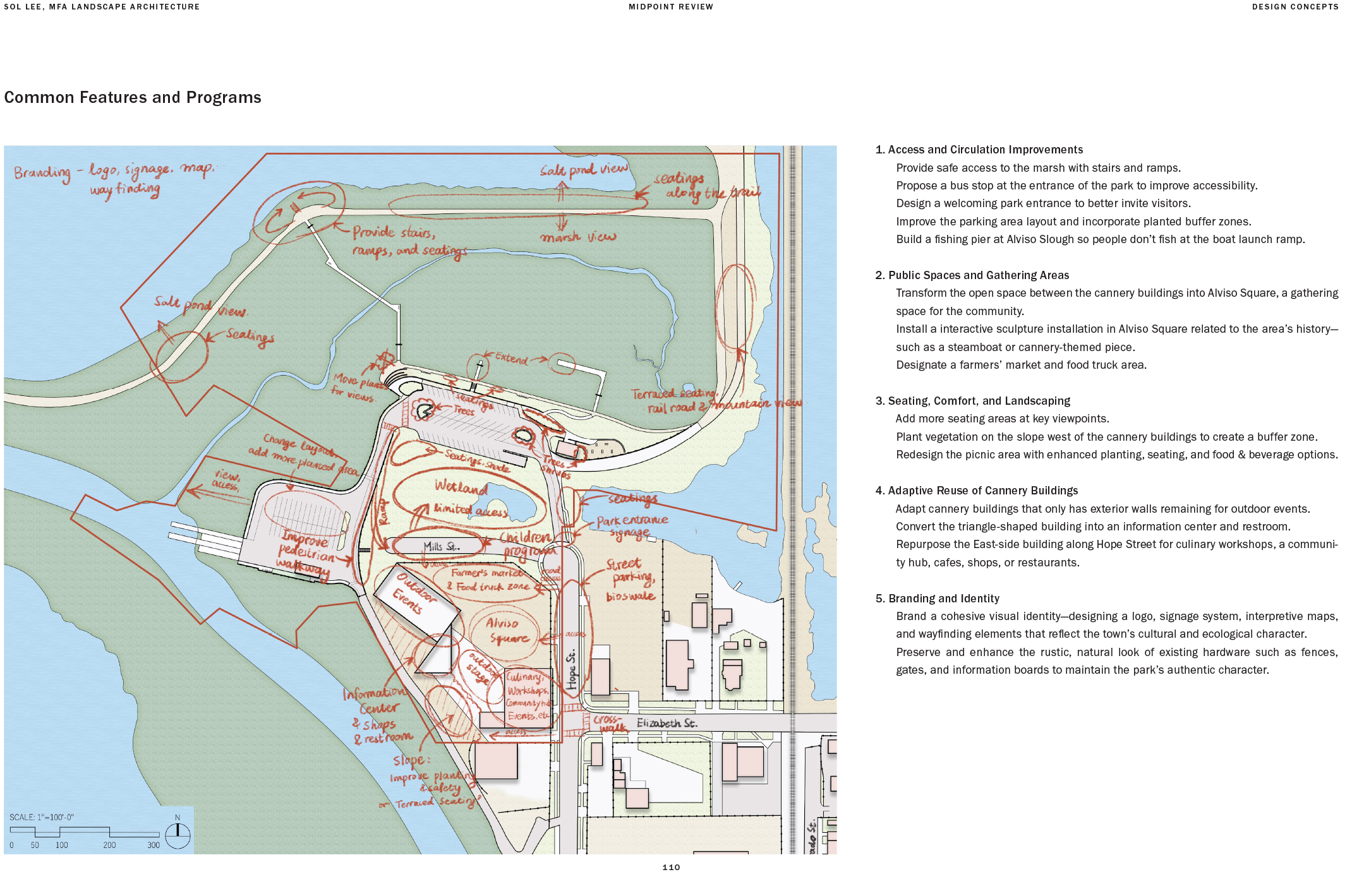
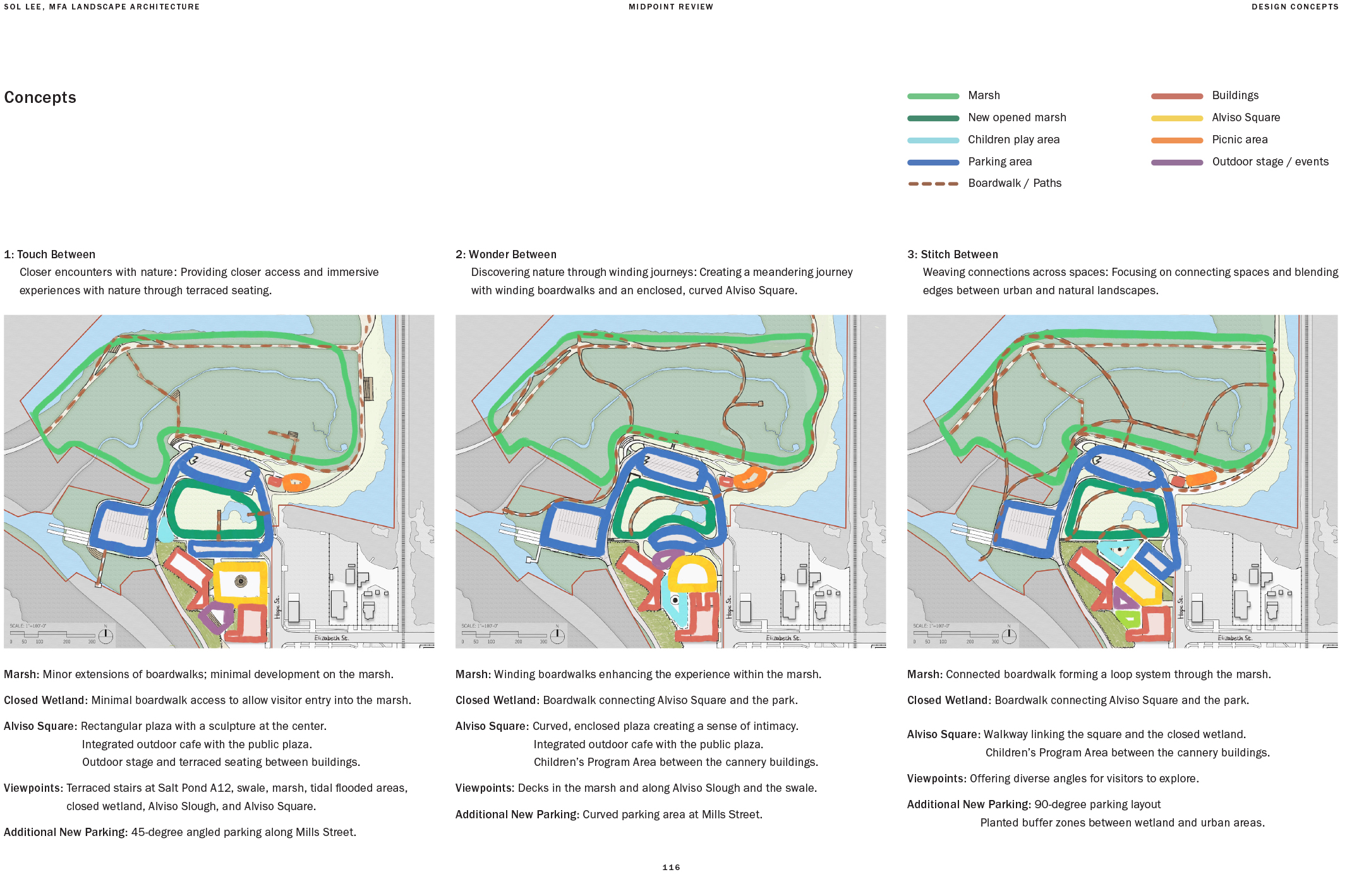
View Student Work as a:
List
Grid
